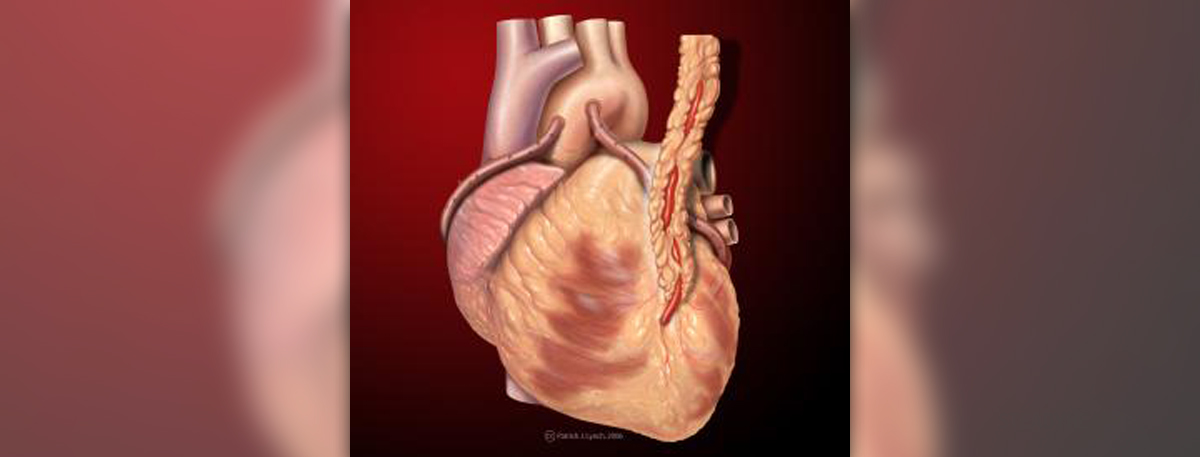
About the Heart
The heart is a vital organ. It is necessary for life since it provides blood, rich in oxygen, to every cell in the body. This is a muscle organ a bit larger than a fist and it is located in the chest, between the lungs.
Each cardiac cycle is initiated with electrical impulses which are necessary for heart contraction. There are two phases of the cardiac cycle, the systolic phase and the diastolic phase. During the systolic phase the heart pumps the blood from both ventricles. The blood from the left ventricle is sent to all the tissues, organs and organ systems in the body and the blood from the right ventricle is sent to the lungs to be oxygenated i.e. enriched with oxygen. During the diastolic phase the heart is relaxed and actually fills with blood and prepares for further pumping.
How does the Heart Pump Blood?
This organ actually represents the very center of the circulatory system. If it functions properly it provides oxygen and other essential nutrients to all the body cells. The heart is a pumping machine controlled by electrical impulses which are sent by specific neurons inside the heart. The heart beats continuously and it is estimated that in humans there are approximately 100,000 heart beats per day.
Specific blood vessels (arteries and veins) are attached to the heart and they either carry the blood to the heart or distribute the blood from the heart to other parts of the body. The heart consists of 4 chambers, 2 ventricles (left and right) and two atria (left and right). The chambers are separated with heart valves. The right side of the heart receives the blood collected from the entire body which is then sent to the lungs to be properly oxygenated (enriched with oxygen). Once the blood has been properly oxygenated it returns to the left part of the heart and is then via left atrium and left ventricle sent to all the cells in the body. This way the body cells receive oxygen and all the necessary nutrients.
The entire heart is well synchronized and controlled with its electrical system. If there is a damage to the electrical system or any other structural damage to the heart this results in improper functioning oft the heart i.e. its inadequate pumping. The effects can be devastating for the heart as well as other organs in the body particularly the brain. According to all the previously mentioned we are due to maintain the health of our heart and protect this precious organ against any kind of damage.



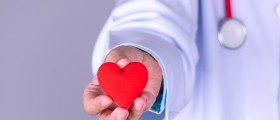

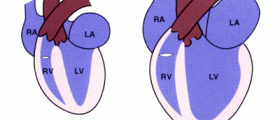



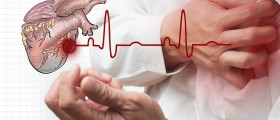
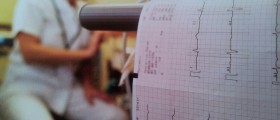

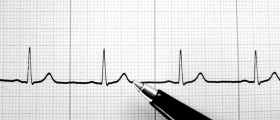
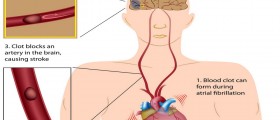
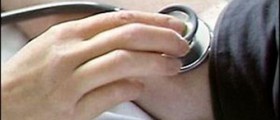

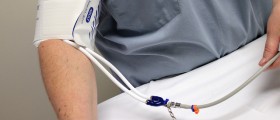
Your thoughts on this
Loading...